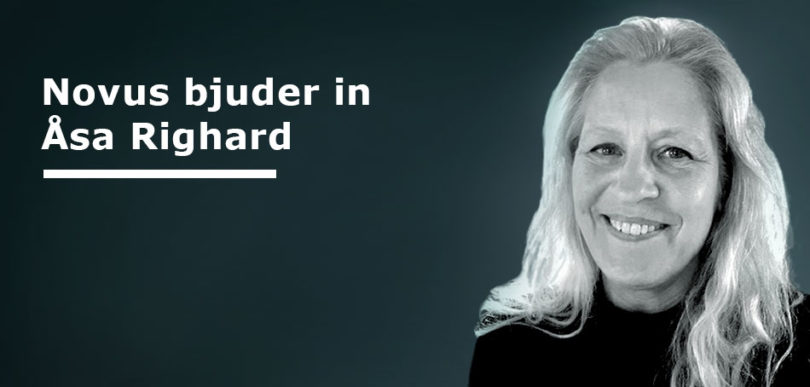
How you build the brand right from the ground up
A completely new type of product is to be launched, it is super smart and there is nothing like it on the market. We imagine that it is, for example, a flying skateboard, no one has seen it before and now it will be launched with noise and bang. Of course, it must have a strong brand, now we will start with brand building and we know that the brand must be unique. It must not be descriptive of the product, because then it cannot be registered, and if it cannot be registered, it will be difficult to assert exclusive rights. The brand must be distinctive, we know that, it must function as a means of identification and the face of the product.
The flying skateboard can be called Novus, it’s a strong and good brand – there is indeed a research agency called that, but it’s a completely different industry so it probably doesn’t matter.
So far it has gone well and we have thought the right way, but now we are forgetting the brand consultants because now we are launching on a broad front. Flying skateboard is too long and complicated to say, now we have a tight brand so we just say novus, it’s easiest. The advertising people come in and come up with a fun slogan “did you take the car – no, I’m Novusing!”. We sell as many Novus as we like and it will be a total success. Soon everyone has acquired a Novus that they Novus around. Before long, other manufacturers have caught on to the trend and all are selling Novus. We become one in the crowd and the fact that we were the first to launch a flying skateboard will soon be forgotten. Novus ultimately means flying skateboard.
What really happened to the brand and what went wrong?
The answer is that the brand has met the same fate as many other brand names for new innovative products – it has degenerated and become a generic term for a product. Other well-known examples are styrofoam, dynamo, frisbee, jacuzzi, Teflon, tops, webinar, rollerblade, post-it, etc. The list can be made long.
How then should you treat your brand so that it will last a long time? Because it is the case that a brand can really last as long as it wants if it is only looked after. Trademark registrations can be renewed ad infinitum every ten years, so if you treat your trademark right, the exclusivity will remain intact and the trademark will retain its recognition and attraction and increase in value.
How then should you care for your brand?
When the trademark is printed in running text, always distinguish it from other text, for example by writing it in capitals, bold, italics, in a different color, special font, initial capital, within quotation marks or in some other way so that it stands out from other text.
If the trademark is not registered, use the ™ symbol and if it is registered, use the ® symbol. Use the symbol the first time the trademark is used in a text, in the most prominent place on the product or packaging, or on the marketing materials for the product or service.
Be consistent and always use the same spelling. Avoid all variations and possessive form and allow any periods, hyphens and spaces to be included and end up in the same place every time. H&M and not HM or H and M for example.
Don’t write the brand up with other words, like masonite boards – yes, masonite is originally a brand for a smart new product.
Always use brand as an adjective denoting characteristics of a noun. It’s a rule of thumb that may seem strange, but actually turns out to be right, such as Levi’s jeans, Kleenex paper napkins or why not Novus’ flying skateboard.
Avoid using the brand as a singular or plural noun. Especially for new products, there is a great risk that it will quickly be watered down, that the product description will be forgotten so that the brand slips into becoming the product description itself.
Don’t use the brand as a verb – classic examples are to google or top, verbs that these brand owners never use themselves.
Register the brand! A registration provides in black and white that the holder can prevent others from using a similar or identical trademark and it clearly signals that the term is intended to be perceived and treated as a trademark.
Åsa Righard was for many years a lawyer with a focus on international IP law and especially trademark law. Now she has taken her advisory role in-house to the global listed medical technology company Arjo where Åsa is Intellectual Property Counsel.


